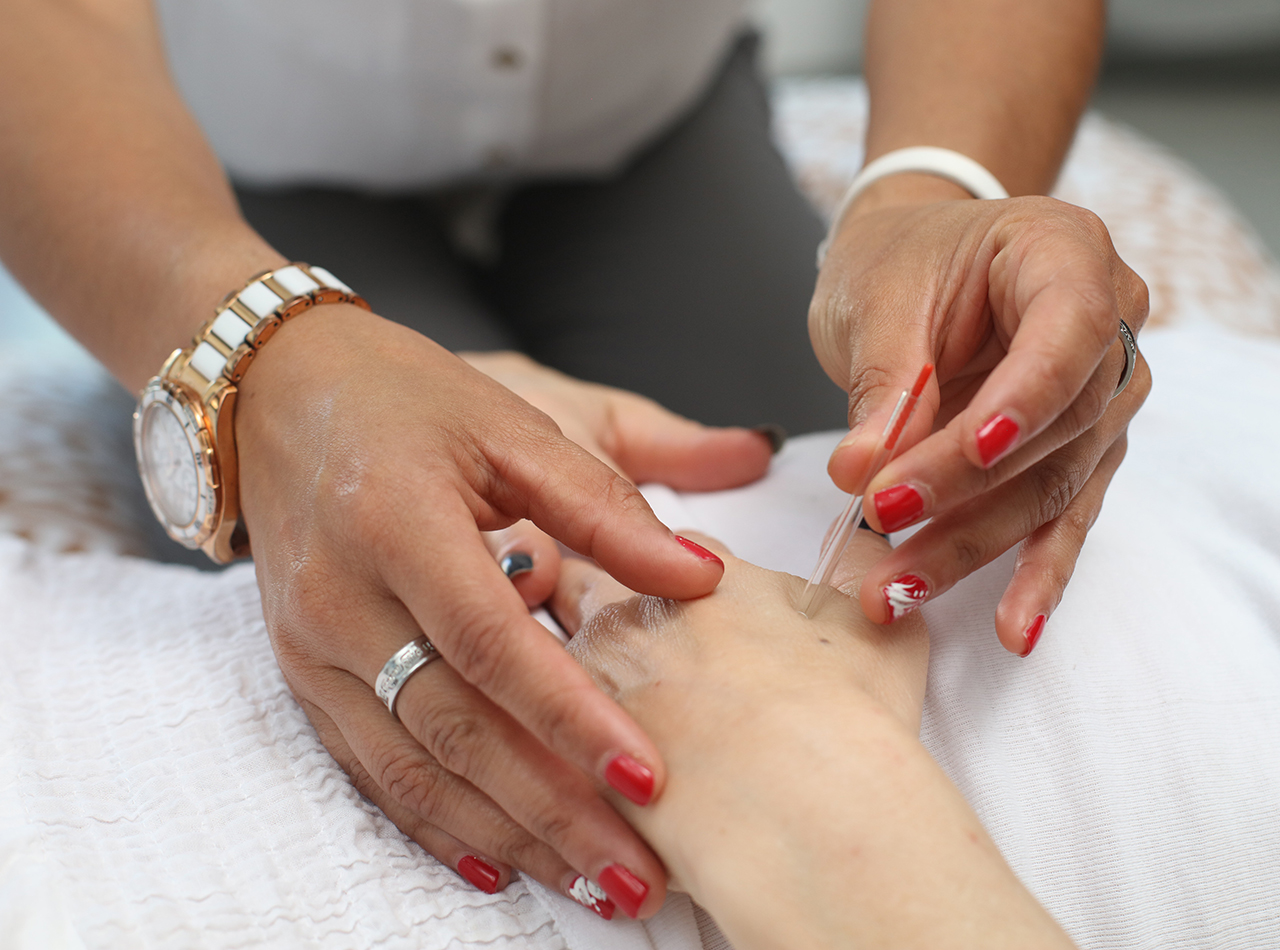
When we talk about our mental health, we’re talking about much more than a clinical diagnosis. Your mental health also refers to your psychological well-being. Having a healthy psychological well-being means you’re able to better manage your emotions as well as your mood. Every day presents its unique challenges, and a healthy mental state can help you take challenges in stride.
1. Positive Affirmations
Repeating an affirmation can help you create a positive mental outlook that will be a driving force in your life. Use a search engine to look up “positive affirmations” and you’ll find several ideas of words and phrases that resonate with you, and things you struggle with. You can also try searching for something more specific, such as “positive affirmations for women” or “positive affirmations to improve self esteem”.
Repeat your phrase or phrases during meditation, either out loud or in your mind. Repeating affirmations or mantras during consistent meditation practices can help you overcome negative self-talk, which will greatly improve your mental health.
2. Gratitude
Practicing gratitude will sharpen your attention towards the positive aspects of your life. By focusing on what’s good, you’ll start to notice and appreciate other positive things in your life. Gratitude is more than just a feeling; it is a choice. By choosing to be grateful, you can keep your mind distracted from negative thoughts.
3. Eat Healthy
Eating healthy is a vital part of positive mental health. Eating a balanced diet of fruits, vegetables, lean protein and whole grains will slowly release energy into your bloodstream, creating a consistent level of energy that won’t leave you feeling tired or sluggish. Eating healthy will also provide a mental boost because you’ll feel good about your healthy food choices.
4. Sunshine
Sunshine is a great way to boost your mood. Put on some comfortable walking shoes and take a leisurely walk around your neighborhood, or a local park. Exposure to sunlight will help your brain release serotonin which will boost your mood, and help you feel more calm and focused.
5. Get Some Sleep
A good night’s sleep is a vital part of a healthy lifestyle. When you’re well rested, you’re naturally energized. Regular sleep also boosts your immune system as well as your cognitive and mental health.
You have the power to improve your mood. By making some healthy additions to your daily routines, you can develop regular habits that will improve your overall mental well-being.
Are you having trouble staying positive or managing your moods? A licensed mental health professional can help you find better coping strategies, and offer additional support and guidance to help you live a more balanced life. Call my office today, and let’s schedule a time to talk.







Recent Comments